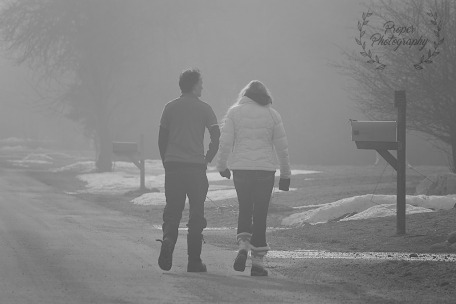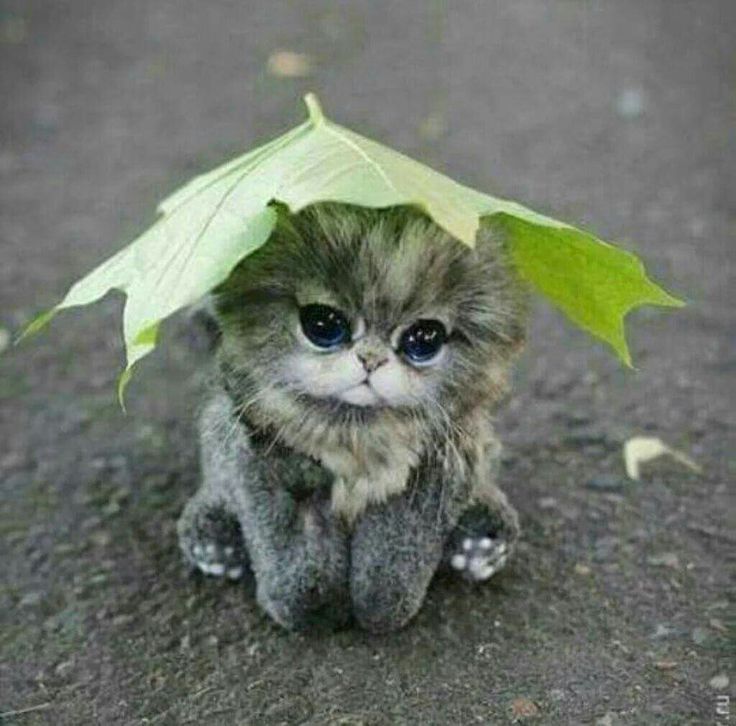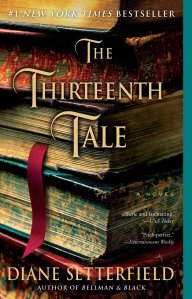The novel “The Girl Who Was Saturday Night” is like every other book and no other book at the same time. It’s like I’ve read it before but never at the same time. The overall topic, the life of the twin daughter of a “famous” singer and “poet” in Montreal is all new to me, but the hardships and adventures a teenager goes through is a very familiar topic.
This is an enjoyable book, after having read half of it, because of all that makes it strange or different. On the very first page, Nouschka Tremblay describes the streets she walks on and the buildings very vividly, as if you are there with her, “they were beautiful, skinny stone buildings with gargoyles above the windows” (O’Neill 1). The addition of the interrupted thoughts and questions such as “what on earth was their heating bill like in the winter” (O’Neill 1) make her seem like your average regular person. Nouschka is obviously the protagonist in this story and is fighting the battle that is her life. Being the daughter of the famous Etienne Tremblay, she mentions how her childhood was unlike anyone else’s. Her father, who was destined to be a star from birth, made them “come out and wave wildly at the audience and blow kisses and say adorable things that he’d written for us to the hosts” (O’Neill 12). Her and Nicolas were used as a career booster until Etienne’s music career began to fade. Although she doesn’t always directly mention the impact her childhood had on her life, all the actions she takes in the book reflect it.
Next, we are introduced to her wonderful brother Nicolas, a somewhat quiet know-it-all who “was very handsome and otherworldly” (O’Neill 3). Nicolas, to me, plays the key role of the trickster due to the constant criticizing of Nouschka’s choices along with his disappointment in the world and what their life has turned out to be. He was completely against the idea of doing night school until Nouschka officially signed up and put their regular Tuesday movie nights aside one night. This affected him so much that he quickly put on his clothes to go to night school with her (O’Neill 38). Yet at times, he took on the role of mentor/sidekick, trying to advise his sister on what she should do, think, and even feel. When Nouschka falls for Raphael, Nicolas desperately tries to talk her out of loving him. He insulted Raphael in many ways until he finally asked Nouschka, “why do I fell like your relationship with Raphael is just to spite me?” (O’Neill 152). Since these twins are practically joined by the hip, all decisions made by one twin always affects the other. Nouschka mentioned “we wouldn’t hang out with someone that the other person didn’t like. This prevented us from having any real friends at all while growing up” (O’Neill 128). “Identical twins are likely to give each other the most social support” (Wells, n.d), and this, in my opinion, is more heightened due to Nicolas and Nouschka’s broken childhood.
 Photo by Noelle Babinski (twins only have each other)
Photo by Noelle Babinski (twins only have each other)
Loulou, their grandfather is yet another mentor in this story. Although he’s very old and poops his pants so often that he doesn’t wear them around the house anymore (O’Neill 14), Loulou tried his best with his grandchildren. He always makes them breakfast, tells jokes that they don’t laugh at very often, had very old thoughts like everyone Nouschka’s age having AIDS, and really admired his son Etienne. Later the novel, I learned that the grandmother died and her death made Loulou sort of permanently sad, his grandchildren were a good distraction from how much he misses her. He didn’t care much about Nouschka’s love life until she decided to marry Raphael, from there he constantly kept trying to talk her out of it with Nicolas. He was persistent even till the day of the wedding where he asked her “don’t you want a guy who can support you? Why don’t you go for a guy with steady work?” (O’Neill 170), to which Nouschka responded to by saying that it was too late. The grandfather is also somewhat blinded by who his son truly is, like the rest of the world. He talked about Etienne as a baby and how he “was striking” and that “bus drivers would come right out on the street to look at him” (O’Neill 131). This admiration for a man like their father disgusted Nicolas and he didn’t want to hear any of it; especially on their birthday when their father came to visit.
The archetypal symbols in this novel are clearly the cats. There was a cat sighting immediately on the first page “outside a strip joint going in a circle.” All the cats mentioned in the novel are meant to act like humans. The first cat going in a circle was an action learned by a stripper to Nouschka’s guess (O’Neill 1). Another example is when Nouschka returns home after sleeping Misha and a white cat leaped off her bed and pranced away and was given the human-like description of “a naked girl heading to the bathroom after she’s had sex in an unfamiliar apartment” (O’Neill 34). There was also a simpler example of a cat portraying a very human-like character while sleeping. The cat “looked like a lumberjack that had taken off all his clothes and was asleep in his long johns” (O’Neill 125). The cats are added at specific moments in the story, either to reflect a topic on Nouschka’s mind, like the strip clubs in the beginning, a similar action to that of Nouschka, like after she slept with Misha, or just to add emphasis to human characteristics, like the sleeping cat.
As for the rest of this book, I fell like something drastic will happen to Nouschka or her brother that will force her to look at life a little differently. In your typical archetype novel, there is always a learning experience for the protagonist, so there will have to be a big challenge Nouschka will overcome and learn from that will maybe reflect all the bad in her life in an effective way. I’m not sure what it is or how it will change her, but it is bound to happen at some point. I also think that either the mother will come back into their life as a sad attempt to make up for their terrible first meeting or that Etienne will return yet again to force them into going ahead with the documentary. They might be opposed to it for a while longer and will just give in because they would have nothing else to lose. All in all, I have high hopes for this story, and as typical as it seems, I do hope for a “happy ending” because their lives so far have been trying but sad and they deserve a tiny light at the end of the tunnel.
Works Cited
Babinski, Noelle. Twin. Flickr.com, 22 February 2017. Web, 12 July 2017.
O’Neill, Heather. The Girl Who Was Saturday Night. HarperCollins Publishers, 2014.
Wells, Emma. Do Twins Have a Closer Relationship Than Other Siblings? Leaf Group Ltd, 2017. Web. 12 July 2017.
Advertisements Share this:




